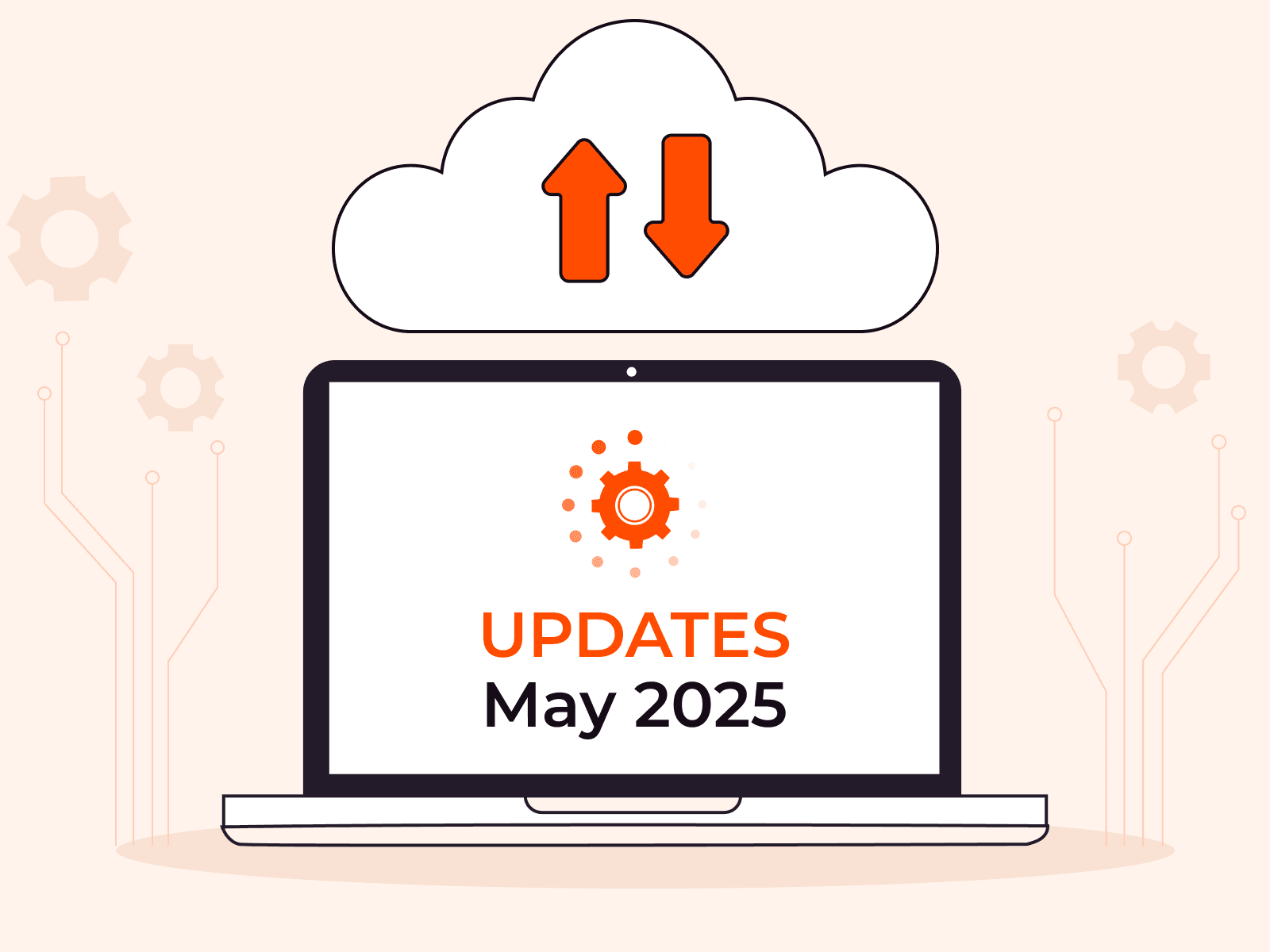Where Is Your Cloud and Why Does It Matter?
- August 26, 2024
- 3 min read

Traditional cloud providers use a centralized deployment approach to save costs. While they usually offer multiple regions, companies usually choose one region in the country where they are incorporated. Often, this choice is just a matter of convenience based on a factor like getting the lowest latency for the business office or reducing the number of jurisdictions the company needs to deal with.
However, with new AI regulations on the horizon, cloud location is rapidly becoming tightly linked to compliance and requires businesses to carefully consider where data is located. This blog series will explore why data location matters more than ever, how sovereign cloud approaches can help your business comply with new regulations, and how your company can operate globally while keeping data local.
Why Is Cloud Location Important?
With the exponential rise in popularity of large language models (LLMs), data security has become a major topic—and for good reason. Companies train these models on public and private data they gather from their users. While LLMs aren’t databases in the classical sense, they are prone to reproducing their training data, making data privacy a serious concern: Just imagine real medical records or financial data being regurgitated in an LLM response.
This data protection concern has led governments, such as the US, and multi-national organizations, including the EU, to release new regulations requiring AI data to be processed and stored in specific locations. If an organization is incorporated in a jurisdiction with such laws, or wants to offer services to the citizens of such a country, it is required to comply.
Those regulations include the Executive Order on Safe, Secure, and Trustworthy Artificial Intelligence, which the US president issued in 2023. The order’s major point is that US companies must share their data with the US government, regardless of where the data is located. The EU AI Act, which became effective on August 1, 2024, requires LLMs and other AI systems to comply with the General Data Protection Regulation (GDPR). This means AIs can be tainted by their training data, forcing AI providers to host and run inference inside the EU if the LLM was trained on data from EU citizens.
What Is Sovereign Cloud and How Does It Solve the AI Data Protection Problem?
Sovereign cloud is an approach that ensures that data never leaves a specific country or location. It’s like the private cloud approach, where you build dedicated data centers so you don’t share physical infrastructure with other organizations. But while private cloud is used to protect organization data from competitors, sovereign cloud exists to enable local compliance by only using infrastructure in a specific area to store and process data.
There are two ways to implement a sovereign cloud. One is to build a private dedicated data center in the country where your organization wants to store and process data. For example, if you want to offer an AI app in France, your company would build a private cloud in France. Enterprises and governments often undertake this approach. The benefits are that it ensures data locality with few policy or process changes and IT can operate as before, with no paradigm shifts. But there’s a major downside: the cost. Building new, dedicated infrastructure is simply incredibly expensive—prohibitively so, for most organizations.

The other way to create a sovereign cloud approach is to leverage edge computing to store and process data locally, but without building out dedicated infrastructure. Think of it as a hyper-distributed cloud model. In this scenario, you use the edge to locate and process data in the same jurisdiction as your user or business (Figure 2).

Edge is most commonly adopted to improve performance by lowering latency. Data doesn’t need to travel as far to and from servers, so lower latency is a positive additional benefit when a sovereign cloud uses edge.
Can Cloud Location Provide a Competitive Advantage?
If used correctly, the location of your cloud can be a competitive advantage. It gives an organization access to regulated markets that might not be accessible with a traditional public cloud approach.
Take the EU market, for example. AI regulations complicate the process of releasing AI products in the market, so it seems likely that fewer AI companies will serve the EU. Some major US companies like Meta have already announced that they are delaying the EU releases of their latest models.
If your number or proportion of prospective EU customers is substantial, investing in a private data center within the EU or redesigning your IT architecture to fit an edge computing approach could be beneficial. Despite the regulatory challenges, there is a significant market opportunity for those willing to adapt.
Operate Globally While Maintaining Data Sovereignty
Data sovereignty doesn’t mean you can only serve customers from one country. It actually encourages a global approach because it allows your company to outsource adherence to complex and ever-changing local and regional regulations. The edge computing provider handles data transit and storage, and the edge provides your users with low latency even if they’re in locations far from your offices.
If you’re looking to explore sovereign cloud for your business, Gcore could be your perfect solution. With a robust edge network of 180+ global points of presence and comprehensive integrated security solutions, your data stays local to streamline compliance. Get in touch today for a personalized consultation or explore our comprehensive Edge Cloud services for yourself.
Related articles
Subscribe to our newsletter
Get the latest industry trends, exclusive insights, and Gcore updates delivered straight to your inbox.






